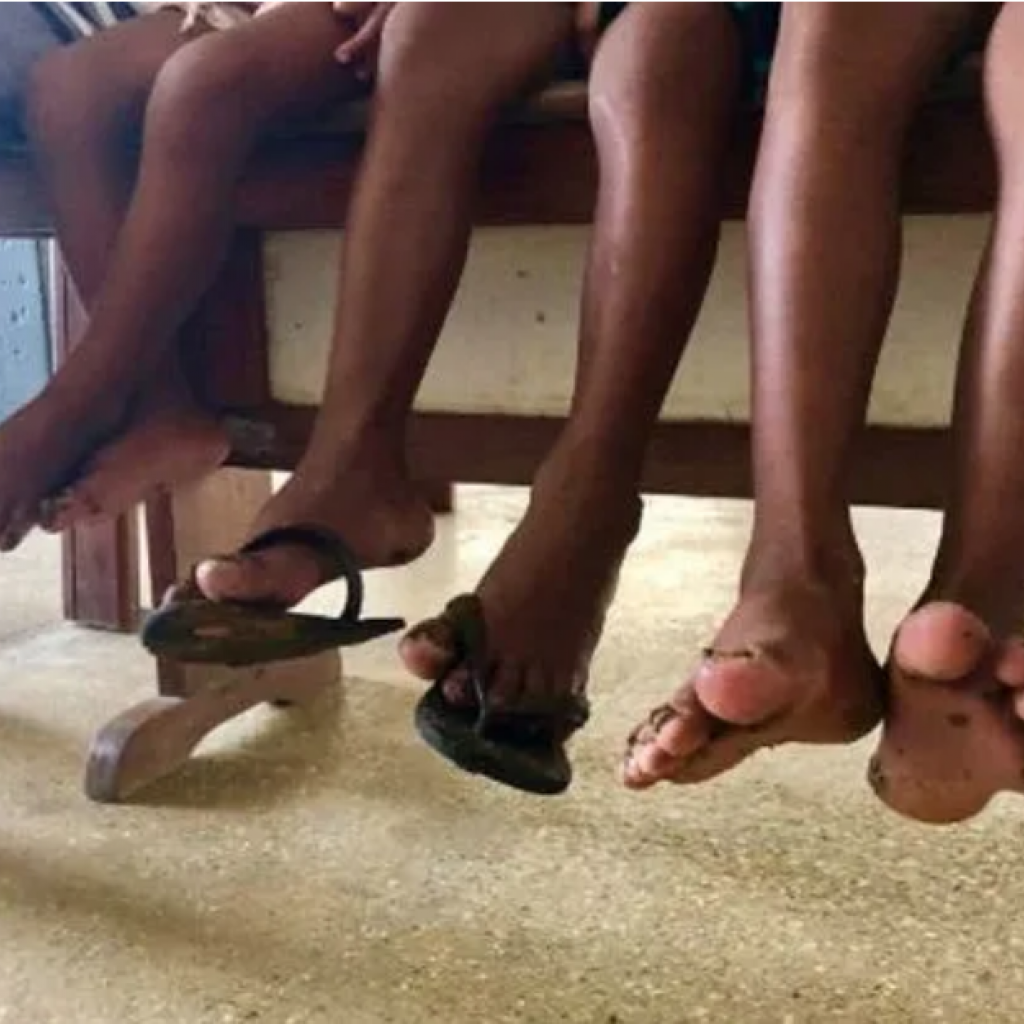Tropical Dermatology: a syndrome-based approach

Course details
About this course
Patients affected by skin conditions present signs and symptoms that guide the next steps for clinicians to reach the correct diagnosis. Sometimes a syndrome is enough to establish a diagnosis while in other instances it is necessary to perform specific tests.
This course provides an overview of skin diseases seen in the tropics with emphasis on diagnoses that are common or of medical/public health importance. The diseases are organized by presenting complaint. This is designed to reflect how clinicians evaluate patients: by clinical presentation rather than by aetiology of disease.
For each disease, the key clinical findings, aetiology, diagnosis and management are discussed.
The course is divided into 7 modules. The first module is a review of the terminology used to describe skin diseases; these are essential to know before proceeding with the rest of the course. The next six modules are organized by presentation of illness:
- Itch in the Tropics
- Pigmentary Disorders
- Enlarged Limbs
- Cutaneous Nodules
- Fever and Rash
- Cutaneous Ulcers
The aim of the course is to provide information about tropical dermatology with focus on syndromes to increase knowledge and skills of front-line health workers.
By the end of this course, you should be able to:
- describe the different types of skin lesions;
- explain the aetiology of the main skin diseases found in the tropics;
- describe how the diagnosis of those diseases is made, and
- explain how to treat those skin tropical diseases.



